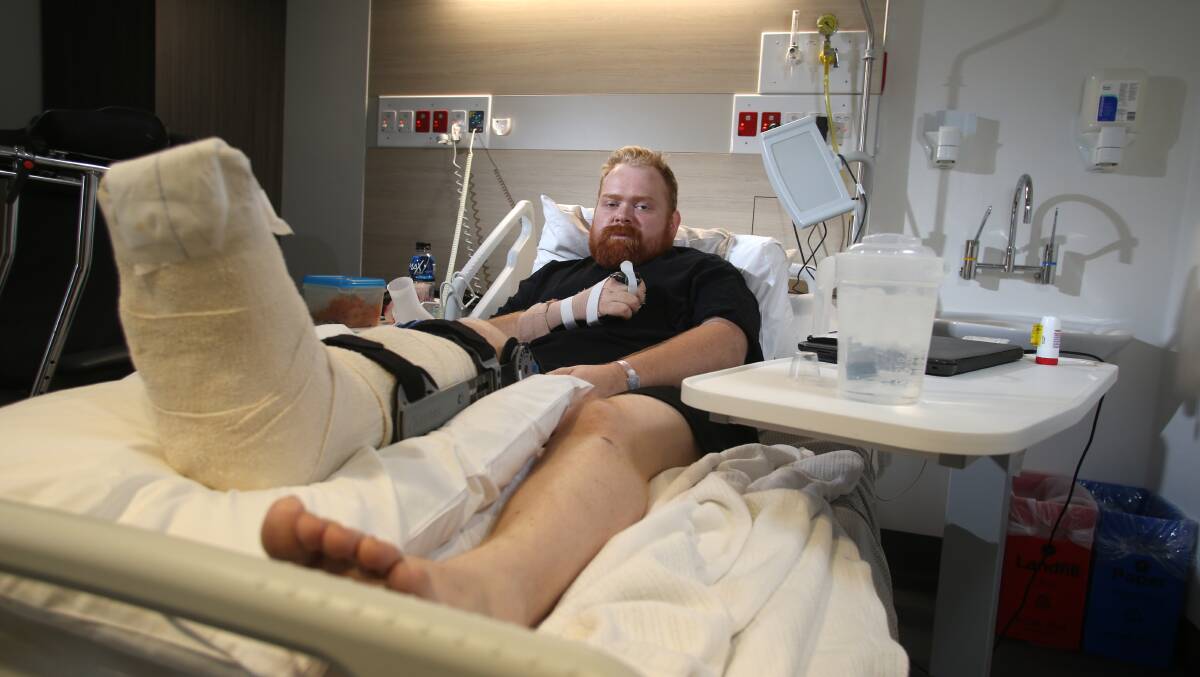
DEATHS on regional roads have almost doubled from the same time last year, with the state's road toll alarming authorities.
Subscribe now for unlimited access.
or signup to continue reading
Road authorities, victims, families, research groups and politicians will today gather at a Road Safety Forum in Melbourne to discuss what is causing the alarming spike in the road toll.
To date this year, 85 people have been killed on regional roads, up from 47 at the same time last year. About 75 per cent of those fatalities occurred within 35km of victim's homes.
Bendigo Highway Patrol Senior Sergeant Ian Brooks said most collisions could be avoided.
"Ninety-nine per cent of the time somebody has done something to put (others) at risk unnecessarily," he said. "A lot of collisions in central Victoria are caused by people not thinking about what they are doing."
New research from the Australian Road Safety Foundation says drivers are taking too many risks.
Parents are among the worst offenders with 45 per cent admitting to breaking road laws or undertaking risky behaviour when their children are in the car.
The research is part of today's ARSF's Fatality Free Friday campaign, which implores drivers to "choose road safety".
ARSF chief executive Russell White said risky road behaviour was an ongoing problem.
"The stark reality is that any time you take a risk behind the wheel, you are putting the lives of every motorist, passenger, cyclist and pedestrian around you at risk," he said.
BRAIDEN'S LONG ROAD TO RECOVERY
Echuca man Braiden Fry remembers preparing to take the corner on Axedale-Barnadown Road, in early May.
The next thing he remembers is his car about to hit a tree.
After that, Braiden remembers waking up in a hospital bed in Melbourne.
"Something just switched off in my head for that (three-second) period and I found the tree," he said.
"The next thing I remember is a couple of paramedics standing over the top of me. But after that, I remember waking up in hospital recovery with mum over me. I thought I was in Bendgo but had been flown to Melbourne.
"I didn't feel tired or anything like that. I had come off the road to Ascot to go through the back of Goornong. (At) the first bend after the turn, I went to take it, and all of a sudden I'm not sure what happened.
"It was like I blinked and then I was three seconds ahead of where I should have been. I felt the car leave the road looked up and there was a tree right in front of me.
"Recalling it now ... I remember the car leaving the road, seeing the tree and the front of the car touching the tree. Then that's it. There's nothing after that."
Braiden was flown to Melbourne with serious leg injuries.
The crash completely destroyed Braiden's right foot, breaking all five toes and his foot in multiple places. His right lower leg was broken in two places, his femur broke at the knee, his kneecap was shattered, his wrist fractured, a sinus bone broken in his face and his C5 vertebrae cracked.
Plates, screws and wires are holding his foot together and he had a bone graft in his foot from his heel to the big toe.
His leg is in a cast and his knee is held in place with a brace.
Braiden's recovery is expected to take between six and 10 months.
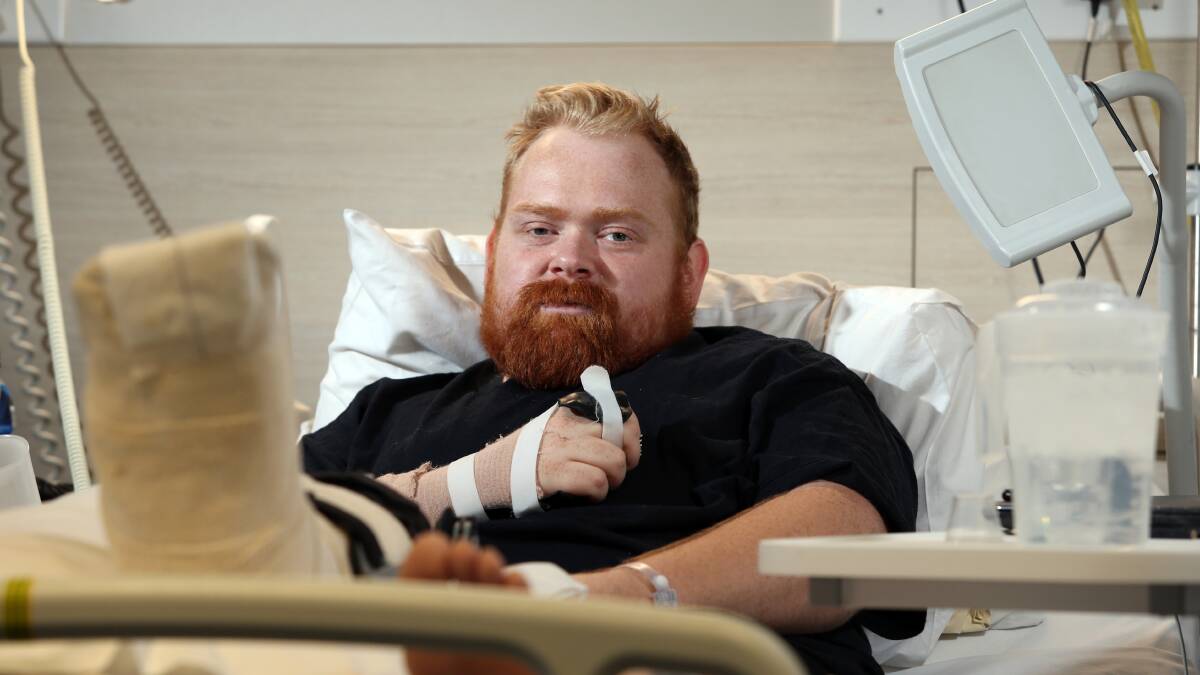
"With how bad the car is, I'm surprised I'm not more injured than what I am," Braiden said.
"They gave me a date of potentially going home, which is in two weeks. Melbourne has told me to expect 10 months of recovery, Bendigo says it could be six to eight months but it depends on how well I heal and how fast I recover.
"In my mind I'm not sure (how long recovery will take). I'm just thankful to be here and that I didn't hit anybody else."
Braiden feels he has always had a safe attitude to driving but that he will be even more cautious when he gets back behind the wheel.
"I think I was a pretty capable driver," he said. "I tried to not do anything too risky. I know how bad roads can be.
"I have always been told to drive for the other drivers, think of how they will react (to you). (But) there have been times where I've seen I'm going a little too fast or something 'like that's my turn, why am I not paying attention to that?'
"When I get back behind the wheel myself, I will be more cautious and aware of what's going on around me."
As he continues his recovery, Braiden hopes to thank the people who found him in the minutes after his crash.
"I'm interested to know who found me," he said. "I'm hoping to talk to the police so I can get in touch. I would love to thank them."
He hopes his story can encourage people to take road safety more seriously and for drivers to reduce the amount of distractions they have in the car.
His message comes as the Australian Road Safety Foundation releases new research saying drivers are taking unnecessary risks on the road.
"It can be anything. A phone, a bird going past the window, anything can pull your focus for a split second and cause things to go wrong," Braiden said.
"It just takes more common sense. Just don't use your phone while driving, do the speed limit and don't take risks you don't need to take. Do it safely and get from A to B intact."
In changing the culture and attitudes to road safety, deputy director of Bendigo Health's emergency department Richard Smith said it took efforts from a number of different sources.
"Australian Road Safety Foundation (and their new research) is great but (messaging) has to come from a lot of different sources and be a consistent message," he said.
"(It has to go) right down to driver training and the (road) culture we teach teenagers."
Dr Smith said in his experience, many deaths and injuries related to road trauma were preventable.
"It's disappointing for us. The messages have been out there for a long time. There is nothing new about them," he said.
"You run through the list that contributes to (road) injuries, there's obviously speeding, driving under the influence of alcohol and other substances, not using a helmets, and not wearing seatbeats.
"People are four times more likely to be involved in a crash if a driver is using their mobile. Even hands free is not much safer than hand held."
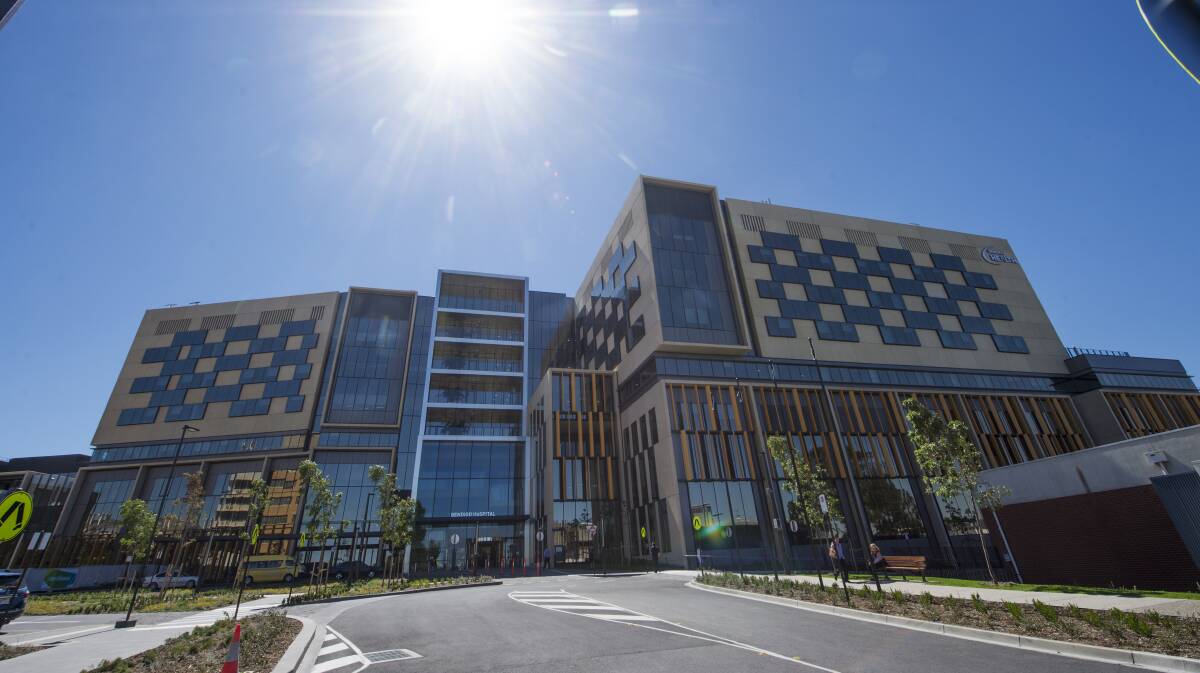
Dr Smith said the teams who helped crash victims were highly trained, but the work took an emotional toll on them.
"Particularly when it's someone who is severely injured, or has a bad outcome, if it's a child, or in a smallish community like Bendigo that you could know (the patient). It is hard on the staff emotionally," he said.
"But it's what we do. We're there because people hurt themselves."
ROAD TRAUMA IMPACTS EMERGENCY SERVICE MEMBERS
When emergency services are called to the scene of a crash there is a sense of dread among them.
Bendigo Highway Patrol Senior Sergeant Ian Brooks said the impact of road trauma on emergency service members was often forgotten.
"You drive to a scene thinking 'I hope there's not a kid involved or that no one's died'. It impacts us," he said.
"Some of my colleagues have decided this is not the job for them because they don't want to deal with it all the time. That doesn't make them soft or weak - they're human."
Senior Sergeant Brooks' comments come as the Australian Road Safety Foundation launches its Fatality Free Friday campaign.
This year the foundation is urging people to "choose road safety".
Research from the ARSF says road trauma is the leading killer of children aged 14 and under, and the second highest killer of young people aged under 24.
"We hate those jobs where children are involved. You dread it every time you go to one," Senior Sergeant Brooks said.
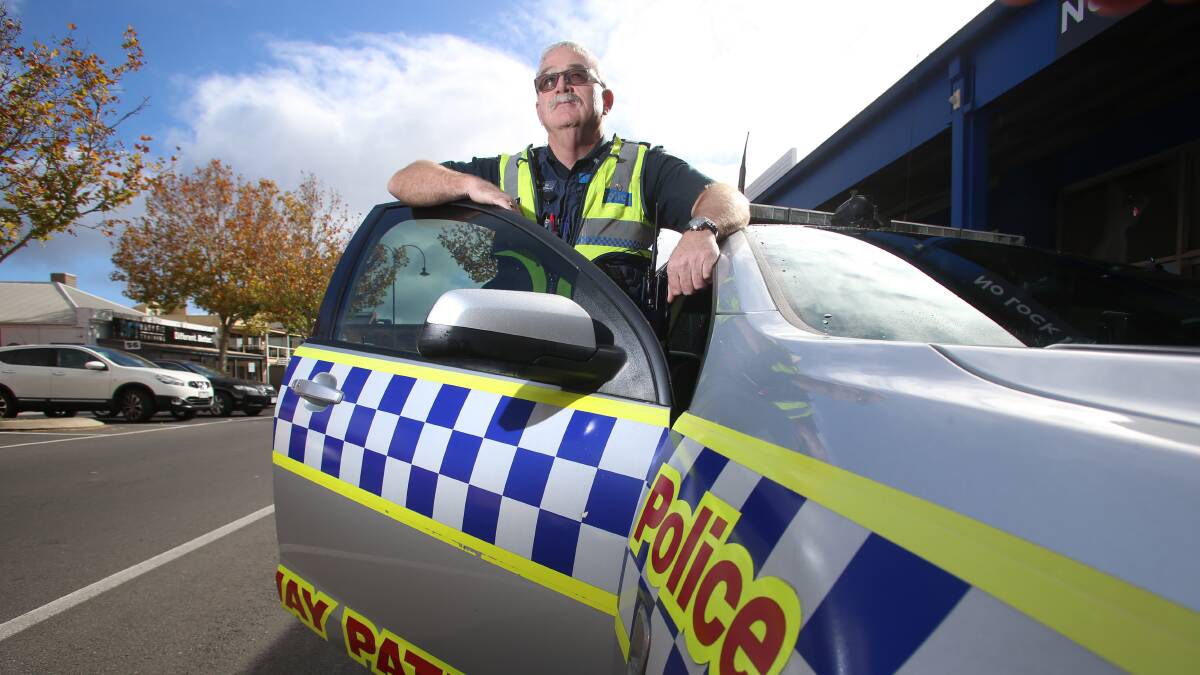
He said on scene, emergency crews go into "work mode" but it is after the event when the full impact of the scene hits them.
"The emotions come afterwards. (Before that) you want to help emergency services get the kid out and to care. You do your job to the best of your ability," Senior Sergeant Brooks said.
"After, when you go over the paperwork and are preparing reports, or in the worse case a report for coroner, that's when hits home.
"You go home to your own family. See the kids next door who you might be friendly with. I think about my grandchildren that (could be) put at risk.
"It does have an emotional toll on us all, not just police but the ambulance crews and paramedics who crawl into broken cars while the SES is working to extract (patients). Our colleagues in the CFA do the same thing as do VicRoads who control the scenes. Everyone deals with it in their own way.
"We have procedures and policies in place and support networks but it doesn't change the fact you have to deal with this especially when it is a little one who had no choice."
Statistics from the ARSF say 613 people under 24 have died on the state's roads since 2010 - the third highest number in the country behind New South Wales (909) and Queensland (666).
Children under 14 accounted for 86 of those fatalities in Victoria.
ARSF research also showed 45 per cent of regional Victorian parents admit to breaking road laws or undertaking risky behaviour including using their mobile phone or driving while distracted when their own children are in the car.
One in 10 parents admit to taking the same risks while driving a vehicle occupied by someone else's children.
Senior Sergeant Brooks said young people have always featured far too highly in road toll.
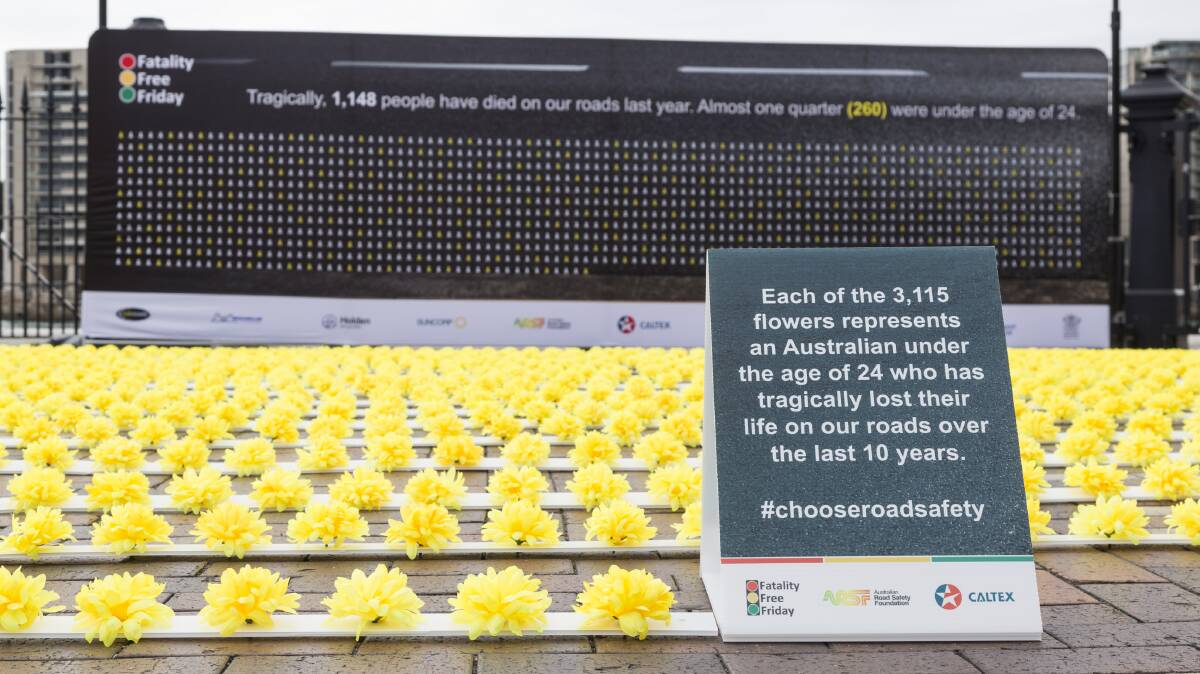
"Young children, what choice do they have? They have no control. They can't say to their mum or dad slow down or get off the phone (while driving)," he said.
"They're trusting the drivers of cars to do the right thing. So (drivers) are not only betraying their trust but also community's trust as well.
"Risky behaviour in cars, that's a societal thing. People say 'it will never happen to me, it happens to everyone else'.
"Well, it will happen to you. If you continue that behaviour, you'll take more risks until it comes unstuck. Then it happens to you, your family, and the community. The impact is broad.
"The amount impact by road trauma (on communities) is phenomenal."
Australian Road Safety Foundation chief executive Russell White said the results of the not-for-profit's research were disturbing.
"It's a subconscious thing, I don't think many people go out with that intent (of risky driving behaviour) but the research showed us people don't their vary driving behaviour even if they have their own kids in the car," he said.
"Any parent would say the safety of their kids is their number one priority and yet, for some strange reason, there seems to be a disconnect from that when people get behind the wheel.
"It's really quite disturbing in many ways to think of how little regard people have for their own safety and the people around them."
Mr Russell said Fatality Free Friday and the campaign for people to #ChooseRoadSafety was about sharing the message and starting conversations.
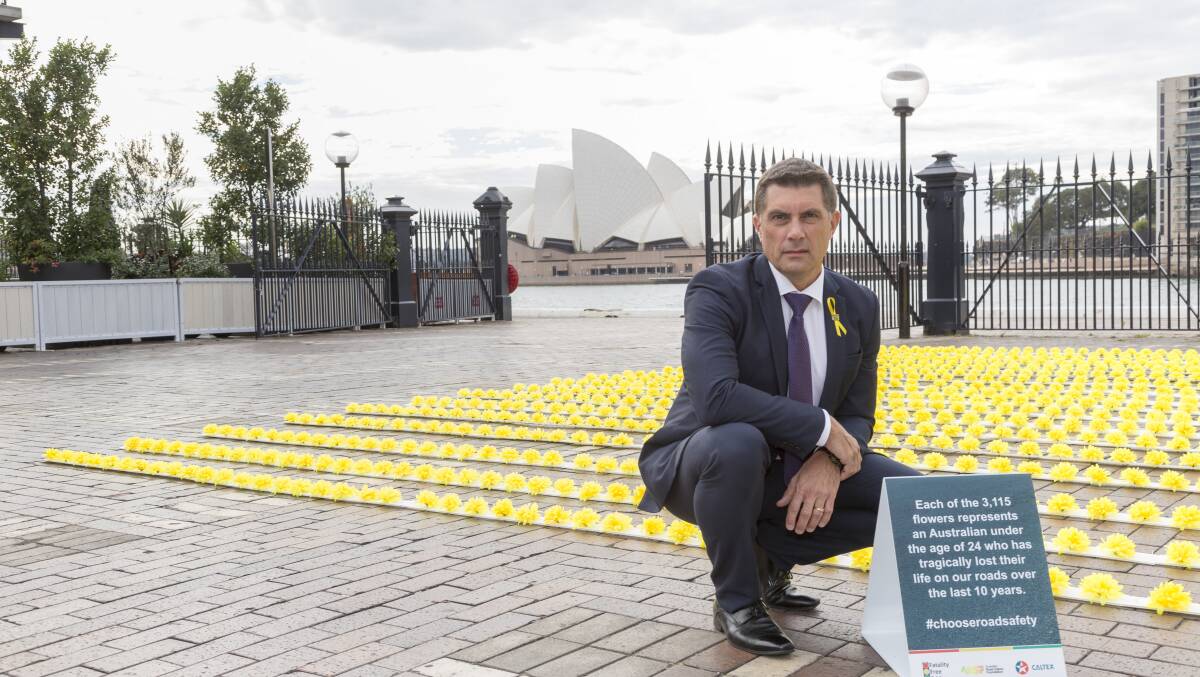
He said the research was from a nationwide sample of people and that the ARSF's challenge was to provide in-depth analysis.
"One of challenges we have got with road safety is there has been progressive decline since 1970s," Mr White said. "But what's happened (recently) is that decline has levelled out and some cases increased. Not only in Victorian instances but in other parts of the country.
"So we look at why that is. If we have the best cars and enforcement we have ever had, what's the missing piece of the puzzle?
"In our view it comes down to personal responsibility and situational awareness. Nobody goes out with the intent to crash but somewhere along the line that bad habit will manifest itself into a very serious road crash.
"We work closely with people who have lost young children and family members (in crashes). The moment you talk to one of those people it reinvigorates the belief that we have to keep fighting for it. It's not about a single day or a single campaign, (it's about) what can we do to change that culture. That's the difficult part."
DISTRACTION IS A BIG ISSUE
One in four Victorian road users admit to touching or looking at their mobile phones while driving at least once a week - the highest in the country.
"Distraction is the big issue we have to deal with maybe even more than drink driving or drug driving," Mr White said. "The reason I say that is that every single person has a mobile phone but not everyone is thinking of drink (or drug) driving and undertaking that sort of behaviour."
Senior Sergeant Brooks said police regularly see the telltale signs of someone using their phone while driving.
"The speed drops, they (drift) across the lane then settle and resume their normal speed. That's a person playing with phone," he said.
"People are also trying to hide the use of their phones by putting them in their lap. But their head goes down so their concentration is completely taken away."
Senior Sergeant Brooks said a car travelling at 100km/h travels 27 metres in a second.
"In the time it takes to type a text, that car is out of control," he said. "There's a lot of self education that comes into this. It's about thinking about what you're going to do. The world can still turn without that text message (or phone call). The question is do I really need to make this phone call or can it wait?
"Turn your phone off, put it in the console and leave it there."
Have you signed up to the Bendigo Advertiser's daily newsletter and breaking news emails? You can register below and make sure you are up to date with everything that's happening in central Victoria.


